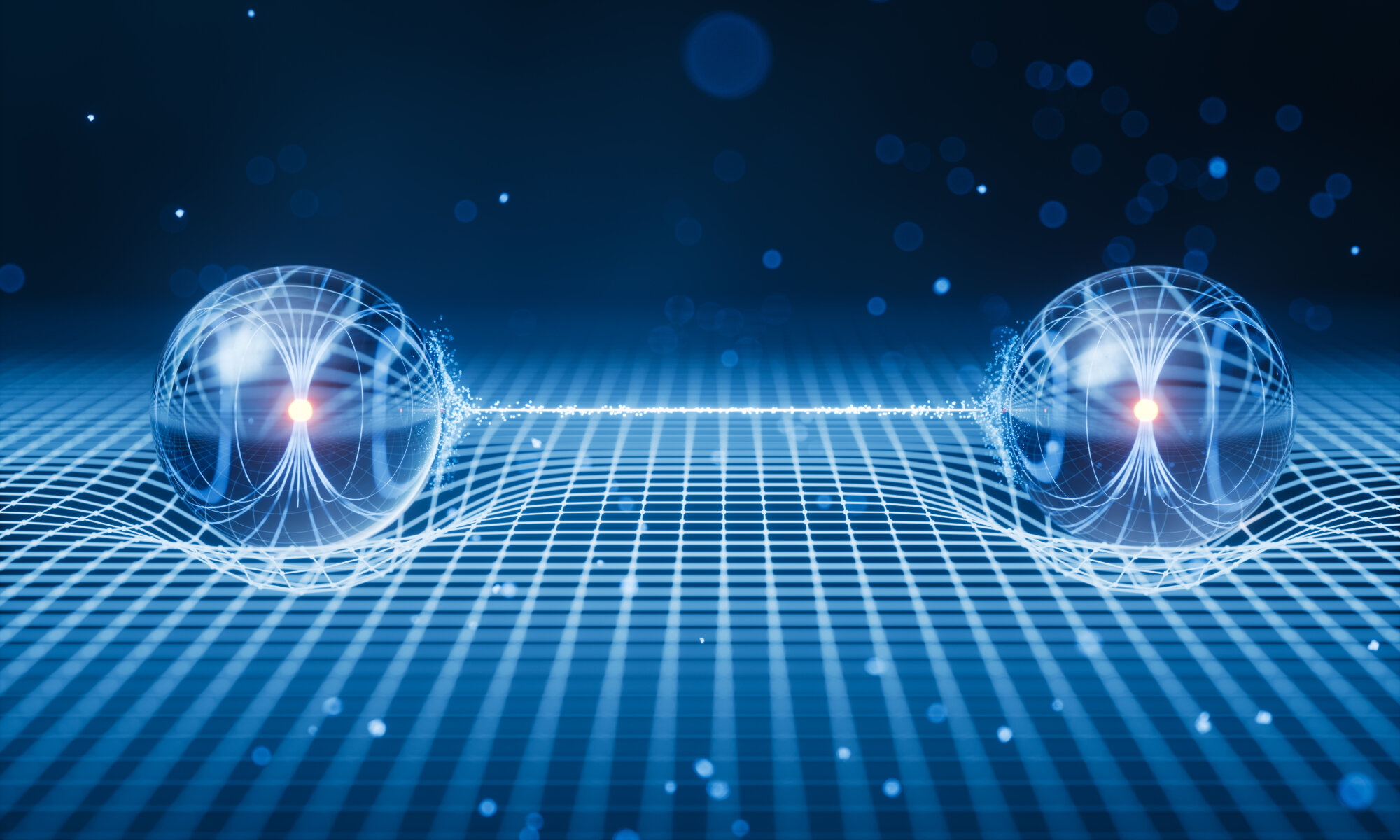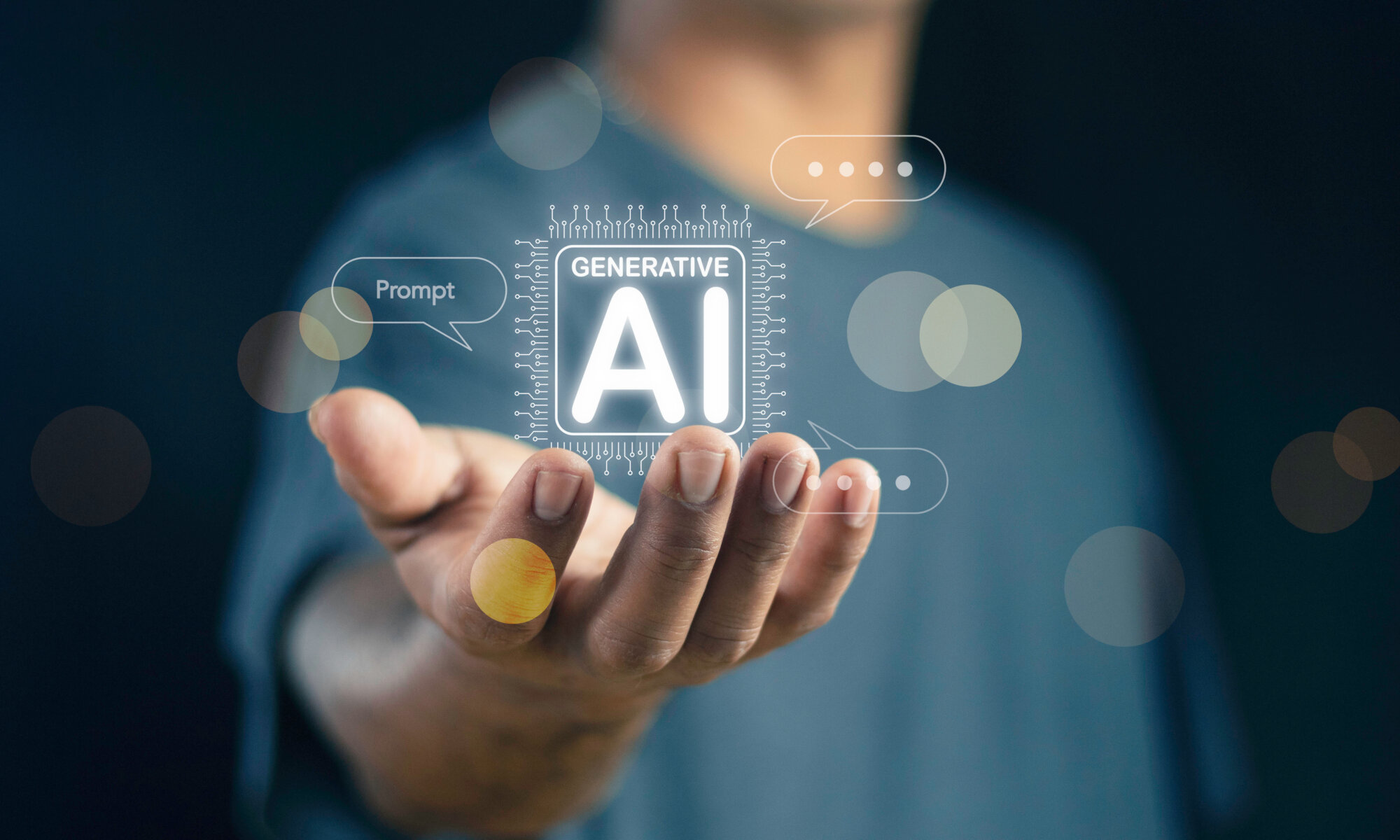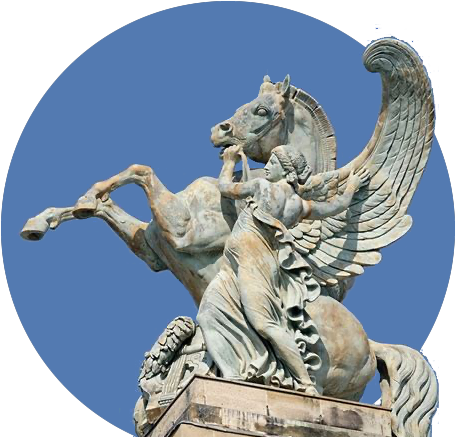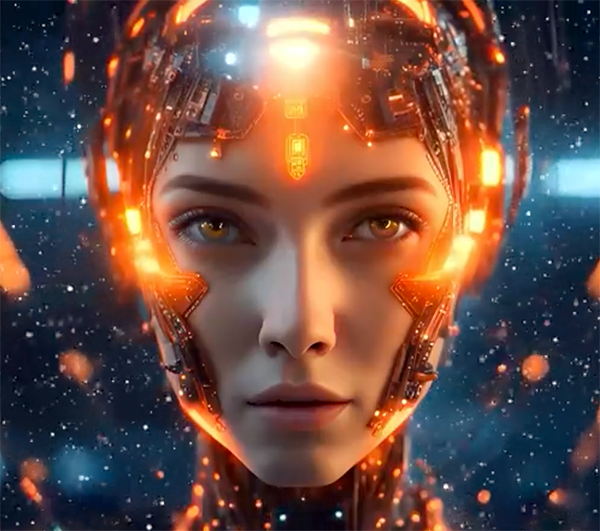Quantum entanglement is more than just a fascinating quirk of quantum mechanics; it is the foundation of a technological revolution and the nature of reality. From quantum computing and cryptography to the quantum internet, entanglement is driving advancements that could reshape industries and deepen our understanding of the universe.
Quantum entanglement, a phenomenon famously described by Albert Einstein as “spooky action at a distance,” is one of the most intriguing and foundational concepts in quantum mechanics. It challenges our classical understanding of reality and has become the cornerstone of emerging technologies like quantum computing, quantum cryptography, and quantum communication. This article explores the concept of quantum entanglement, its implications, and the exciting fields it has inspired, such as Quantum Information Processing (QIP) and Quantum Information Panpsychism (also QIP).
What is Quantum Entanglement?
Quantum entanglement occurs when two or more particles become linked in such a way that the state of one particle is directly related to the state of the other(s), no matter how far apart they are. For example, if two entangled particles are separated by thousands of kilometers, measuring the state of one (e.g., its spin or polarization) instantaneously determines the state of the other. This connection defies classical physics, as it seems to violate the principle of locality, which states that objects are only influenced by their immediate surroundings.
Einstein, along with Boris Podolsky and Nathan Rosen, highlighted the paradoxical nature of entanglement in their famous EPR paradox (1935). They argued that quantum mechanics must be incomplete because it allowed for such “spooky” instantaneous correlations. However, experiments, such as those by John Bell in the 1960s and Alain Aspect in the 1980s, confirmed that entanglement is real and that quantum mechanics accurately describes these non-local correlations.
Key Properties of Entanglement
- Non-Locality: Entangled particles exhibit correlations that cannot be explained by any classical theory, suggesting a deep connection that transcends space and time.
- Superposition: Entangled particles exist in a superposition of states until measured, at which point their states collapse into definite values.
- No-Cloning Theorem: Quantum information cannot be copied perfectly, a principle that underpins the security of quantum communication.
- Monogamy of Entanglement: A particle can only be maximally entangled with one other particle at a time, limiting the sharing of entanglement.
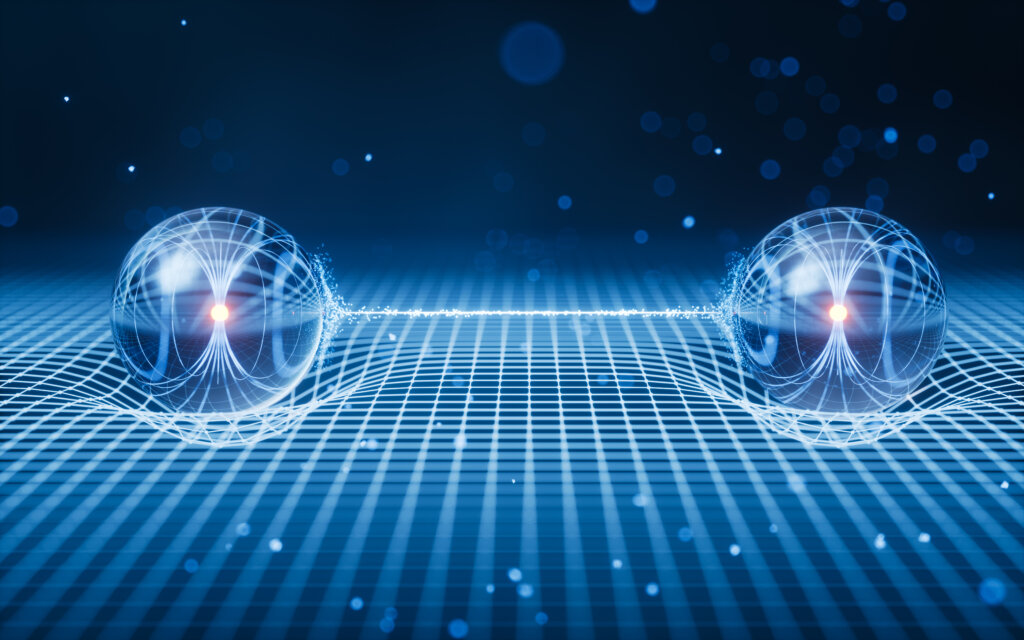
Applications and Ideas Springing from Entanglement
Quantum entanglement is not just a theoretical curiosity; it has practical applications that are transforming science and technology. Here are some of the most exciting fields it has inspired:
1. Quantum Information Processing (QIP)
Quantum Information Processing is the study of how quantum systems can be used to store, manipulate, and transmit information. Unlike classical bits, which are either 0 or 1, quantum bits (qubits) can exist in superpositions of states, enabling exponentially greater computational power for certain tasks.
- Quantum Computing: Entanglement is the backbone of quantum computing. Algorithms like Shor’s algorithm (for factoring large numbers) and Grover’s algorithm (for searching unsorted databases) leverage entanglement to solve problems exponentially faster than classical computers.
- Quantum Simulations: Entangled systems can simulate complex quantum systems, such as molecules or materials, which are intractable for classical computers.
2. Quantum Cryptography
Quantum entanglement enables secure communication through Quantum Key Distribution (QKD), most notably via the BB84 protocol and E91 protocol. Any attempt to eavesdrop on an entangled quantum communication channel disrupts the entanglement, alerting the communicating parties to the presence of an intruder. This makes quantum cryptography theoretically unhackable.

3. Quantum Teleportation
Quantum teleportation uses entanglement to transfer the state of one particle to another distant particle without physically transmitting the particle itself. While it doesn’t involve the teleportation of matter, it is a crucial tool for quantum communication and networking.
4. Quantum Networks and the Quantum Internet
The future of communication lies in quantum networks, where entangled particles form the basis of a quantum internet. Such a network would enable ultra-secure communication, distributed quantum computing, and enhanced global connectivity.
5. Fundamental Physics and the Nature of Reality
Entanglement continues to challenge our understanding of space, time, and causality. Experiments like those testing Bell’s theorem and exploring quantum gravity are pushing the boundaries of physics, potentially leading to a unified theory of quantum mechanics and general relativity.
Challenges and Future Directions
Despite its potential, harnessing quantum entanglement is not without challenges:
- Decoherence: Entangled states are fragile and can be easily disrupted by their environment, making it difficult to maintain entanglement for practical applications.
- Scalability: Building large-scale quantum systems with many entangled qubits remains a significant engineering challenge.
- Measurement and Control: Precisely controlling and measuring entangled states requires advanced technology and error correction methods.
Researchers are actively working on overcoming these hurdles through innovations in quantum error correction, fault-tolerant quantum computing, and better isolation techniques.
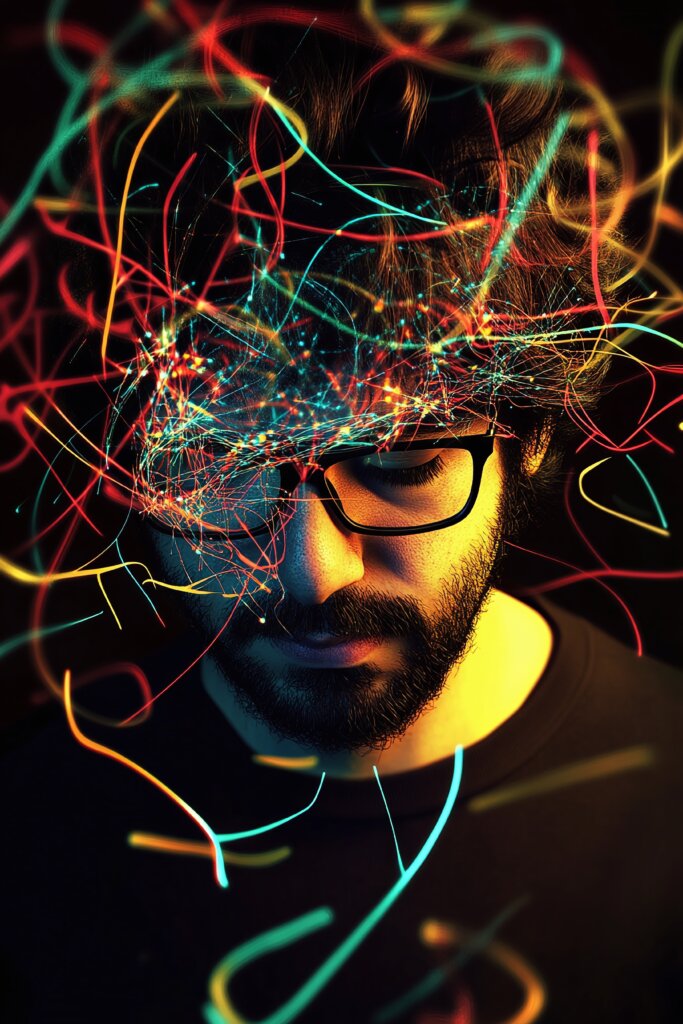
From Entanglement to Quantum Information Panpsychism
The implications of quantum entanglement extend beyond physics, inspiring new ideas about consciousness and the nature of reality. One such idea is Quantum Information Panpsychism (QIP), which suggests that consciousness is a fundamental aspect of reality, potentially linked to quantum processes. QIP draws on the non-locality of entanglement to propose that the mind extends beyond the physical brain, forming a network of interconnection. It suggests that quantum fields are conscious and possess free will, influencing the physical world through quantum-classical interactions. Our physical bodies are viewed as quantum-classical machines influenced by the free will decisions of quantum fields. With QIP, matter may be richer than we believe and that every particle is a “seed of sentience” or “speck of awareness”.


